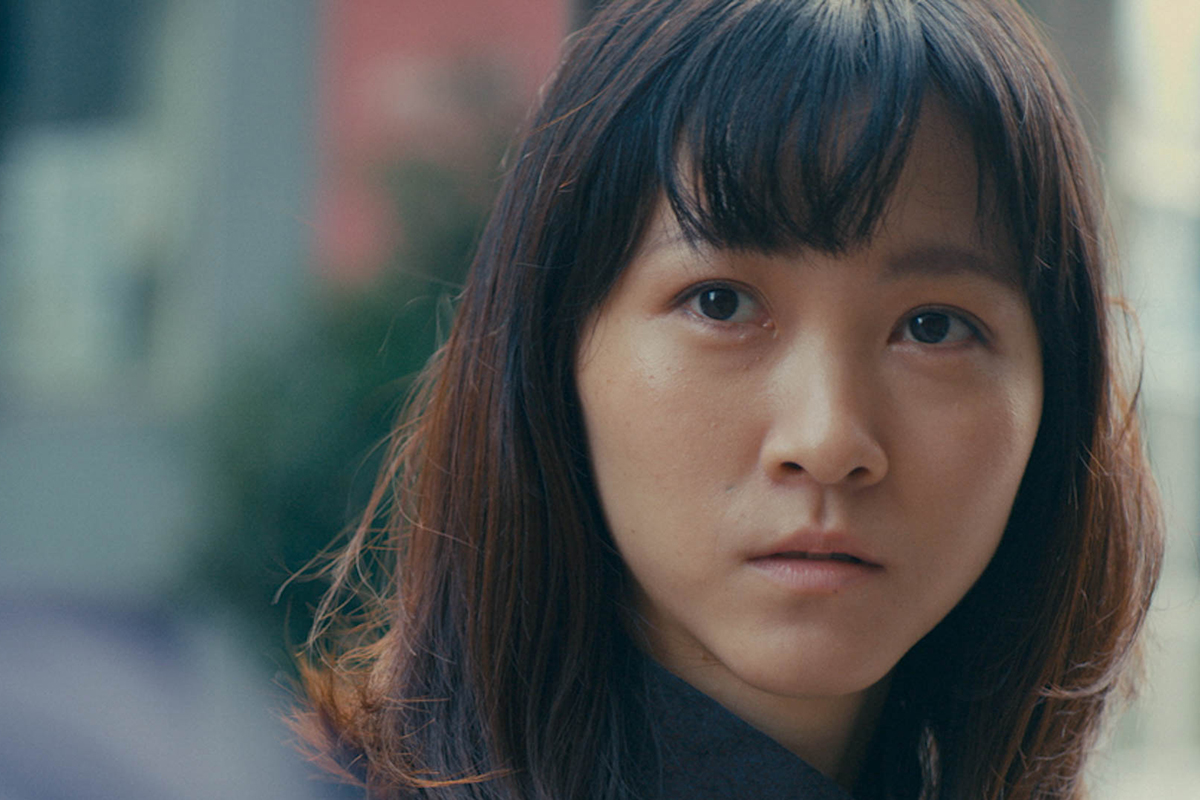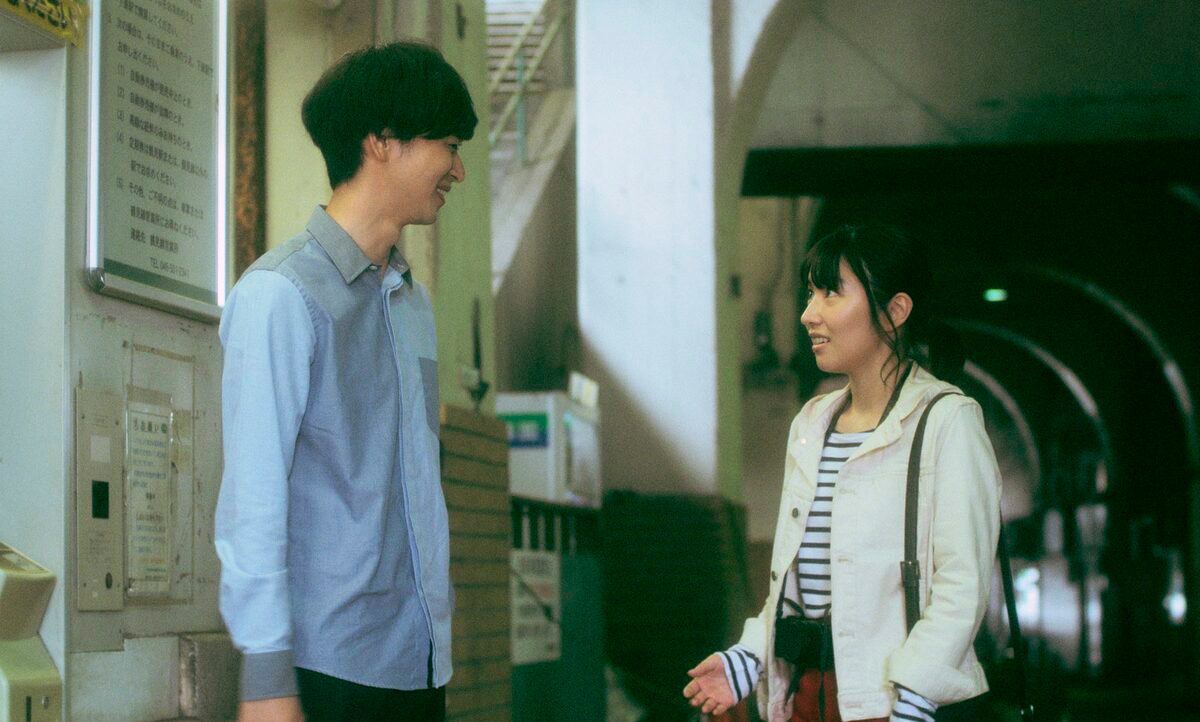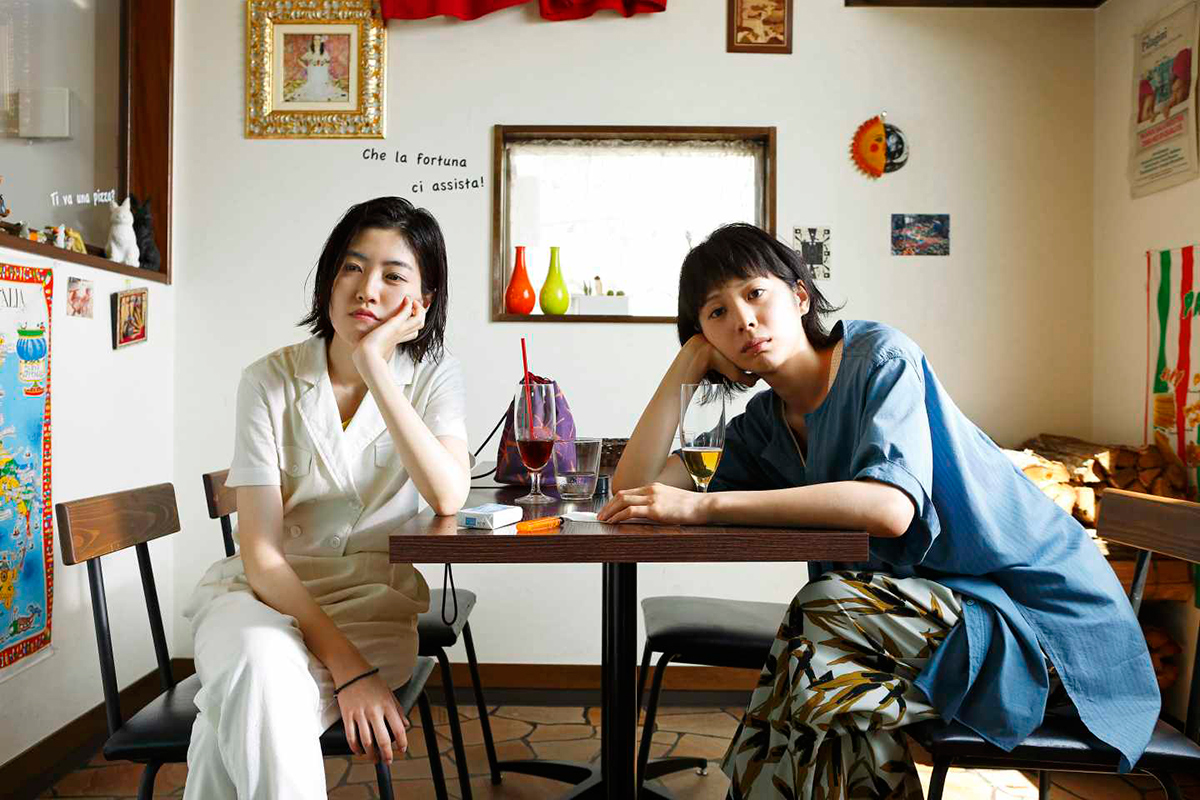Wasted Eggs
Junko is nearly 30, nearing the customary “best before” age of Japanese society, and is feeling stronger pressure from those around her. Without a significant other or even a particular wish to have children anytime soon, she decides to become an egg donor; and not just for the free Hawaii trip that would be the prize if her candidacy is successful. At a counsellng session, she meets her niece Aki who has similar plans. Together, they soon see how competitive social and evolutionary rules can mess up the best human relationships, particularly when such rules are mixed with the fossilized attitudes of a society which is frantically hanging on to traditions. At the age of 32 when she completed Wasted Eggs, Kawasaki Ryo is almost certainly drawing on real experiences and feelings for a society that continues to pressure women to marry and raise children, and unfortunately many Japanese women still consider to be the epitome of femininity. The decision between having a career or having a family still beleaguers contemporary Japanese women, including filmmakers like …






